
Sweet dreams are not exactly made of radioactive lizards, hotel orgies or mushy sourdough, but apparently it’s what our angst-ridden subconscious is stuck with for now. Created by Meghan McDonough, Stevie Borrello and Marcie LaCerte, Invisible Monsters and Tomato Soup archives the dreams of 20 people from 5 continents, all dreamt during the COVID-19 pandemic. From fear and loneliness to frustration and longing, the five minute short covers a plethora of emotions, powerful enough to give Freud a migraine. With bold outlines, a vivid colour palette and playful character design, the animated documentary pulls at the threads that link our haunted minds during these challenging times and turns what could have been a dull watch (after all, the only dreams people actually enjoy hearing about are usually their own) into a captivating and intimate experience. We sat down with the trio and scrutinised the film’s aesthetic, discussed the criteria that helped them whittle down the 80+ responses they received and chatted about all things dreamy.
How did you come to realise that people were having pretty unusual dreams when COVID-19 hit?
Meghan McDonough: The internet told me! At the beginning of April, I started noticing articles from a range of outlets about this phenomenon and also stumbled across a collaborative Google doc called “Quarandreams” that was created for people to share their dreams. In mid-April, I caught up with Marcie and Stevie on a video call, and we talked about how this idea resonated with us. We found more related projects – i dream of covid and Lockdown Dreams—and also read that the dream researcher Deirdre Barrett was studying her own collection. We went on to interview her, as well as Zara Haghpanah-Shirwan, one of the researchers behind Lockdown Dreams.
Stevie Borrello: And while so many places were collecting thousands of dreams and trying to make sense of why this was happening, no one was delving into the dreams on an intimate level or highlighting individual voices. We thought animating people’s dreams would be a fun, unique way to explore the situations and feelings that have been collectively experienced around the world.
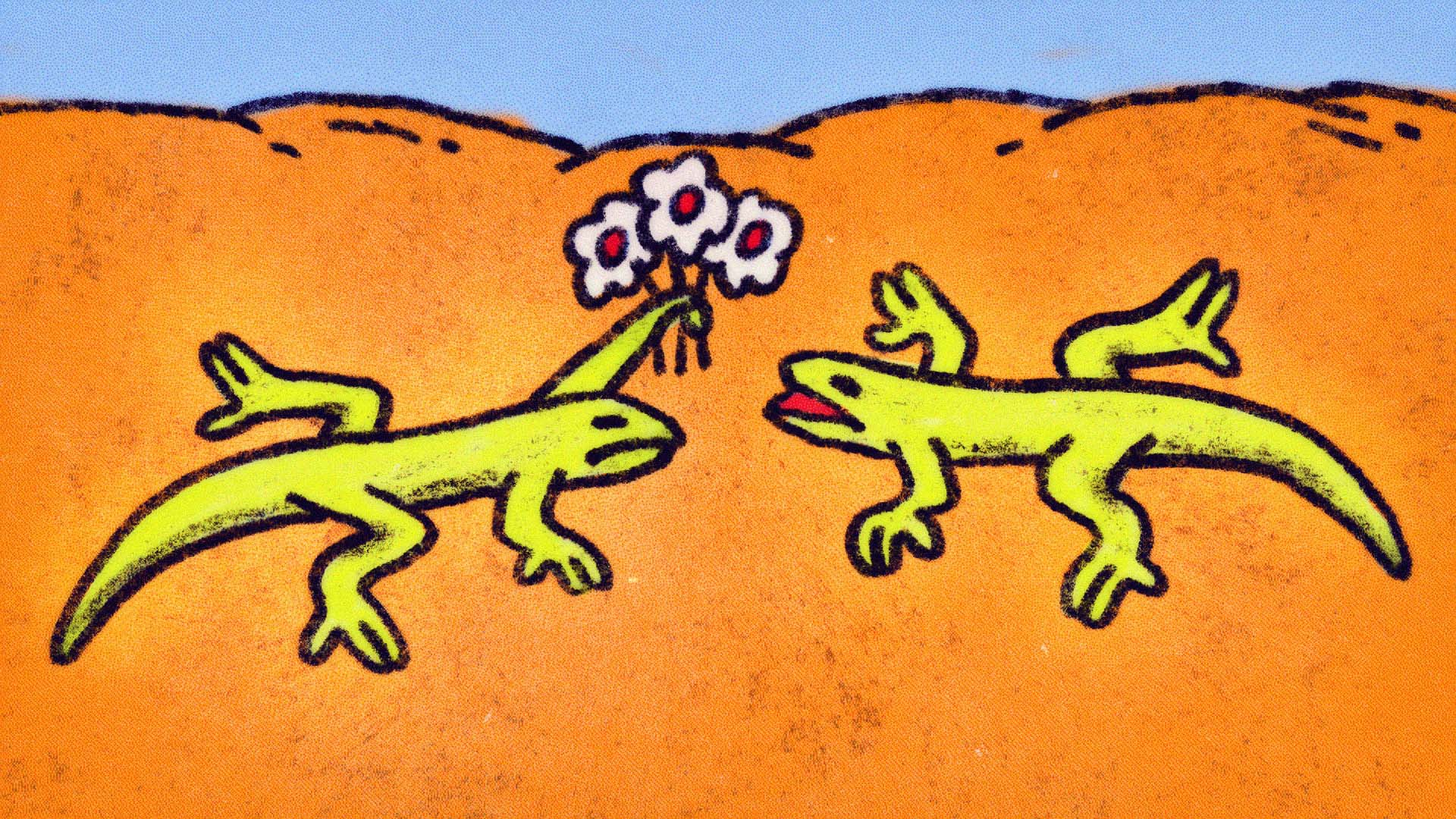
I’m curious as to how you went about reaching out to the public and what your criteria were when narrowing down the people to the 20 that made the cut.
MM: We started by asking our friends and family if this was something they’d experienced. One of the first interviews I did was with my mom. We also made a survey that Stevie shared on Reddit and other social media platforms. We knew Marcie would animate the film from the start, so we were interested in visually immersive dreams. And we connected most with interviews that felt raw, in terms of how people spoke about their dreams. We couldn’t actually narrow down until we stopped collecting, though – we needed a bird’s-eye view of the themes we had before we could see how they fit together in an emotional arc.
We were interested in visually immersive dreams and we connected most with interviews that felt raw.
SB: Our survey had categories spanning from “Celebrities” to “Insects” to “People and places from childhood” and a slew of other options, which helped us see which themes and patterns were most prevalent. With over 80 responses, we then chose people to interview based on the most consistent themes — animals, nostalgia, comforting lovers — as well as the most descriptive and vivid dreams that were submitted. And of course, we hoped the people we reached out to were comfortable with being recorded. We emailed approximately 30 people who were contenders, with 20 responding and agreeing to participate in the film.
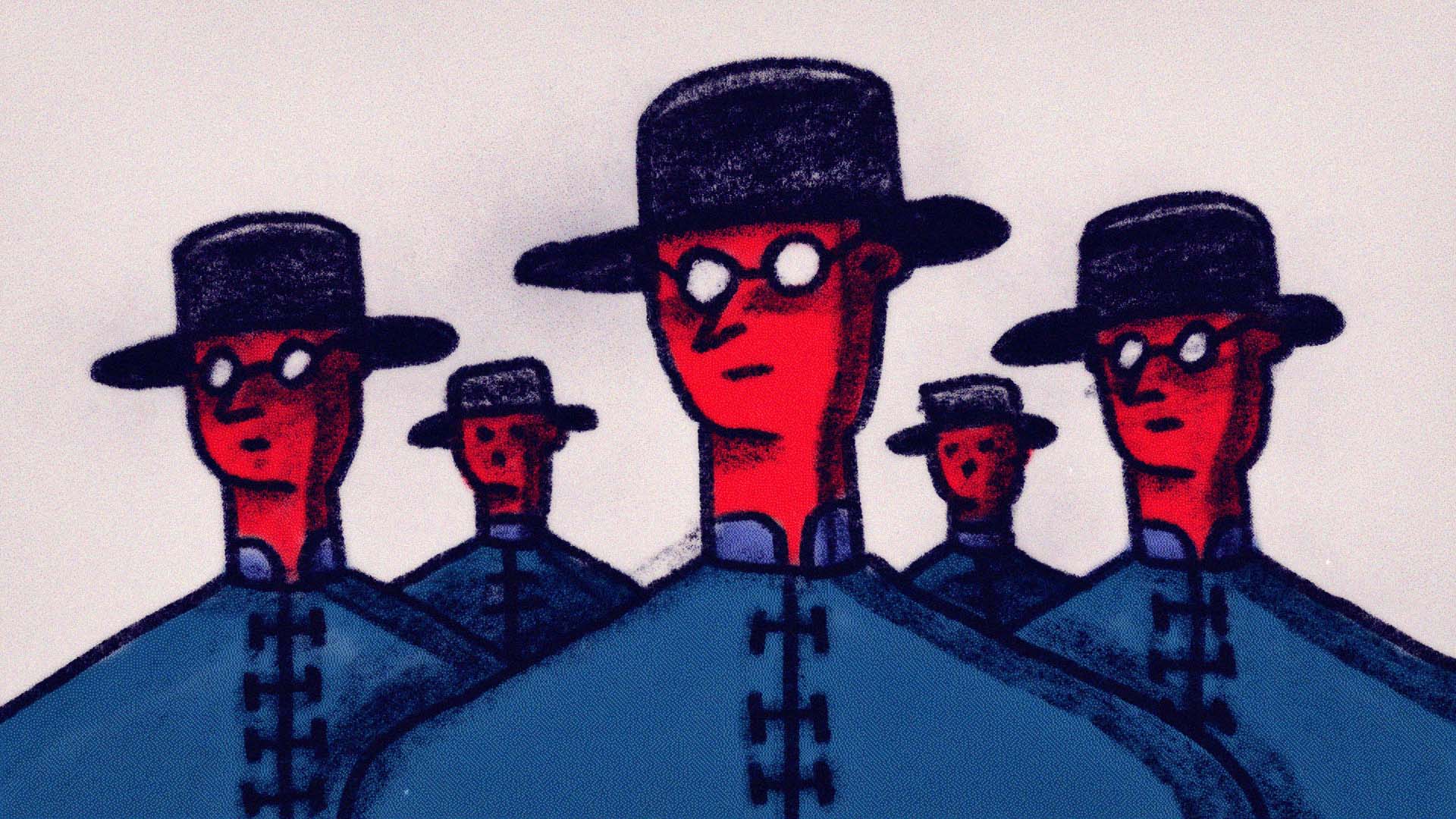
Were there any surprises or particularly strange stories that came out?
Marcie LaCerte: I think the orgy dream was an extremely strange dream and yet, for me, it’s the linchpin of that first section.
SB: Yes, Marcie was fighting very hard to keep that dream in the cut, and, now looking back on it, I’m really glad. I think the film would be at a great loss, both for humor and Covid anxiety/relatability, without that dream.
ML: I threatened to leave the project if the orgy didn’t make the cut.
MM: There were a few that fit into that category of humorous and anxious at the same time! (Maybe only funny upon waking.) We noticed more lizards than expected…and other plants, wild animals, and human-wild animal hybrids appearing in a mostly threatening way.
SB: But it was also surprising to see how many people had these figures of comfort they’d never met before, whether it was a soulmate or a random person, appear in their dreams. And each person who had this sort of dream, in various parts of the world, described the same feeling of overwhelming love and calmness surrounding them, and how that feeling continued even when waking up. It was very unexpected to hear people dreaming of such pleasant images and feelings, as waking life has been very anxious and tense.





Were any of your dreams featured in the film?
ML: My dream is the first dream! The Gap one. I did not choose this.
I threatened to leave the project if the orgy didn’t make the cut.
MM: You didn’t choose to have this dream or you didn’t choose to be interviewed about it?
ML: I did not choose to have my dream included in this piece, much less be the first one!
SB: We convinced Marcie to record her dream. It had a little bit of everything that people could relate to – Covid anxieties, social embarrassment, humor – and her retelling of it was so entertaining that we knew we had to introduce it right at the beginning. I think it makes for a strong opening.

I’m curious about the animation style and look, and how you landed on it. Were you inspired by the work of a specific filmmaker/animator or did you allow the narrative to shape the aesthetic?
ML: Both are true. I’m sort of medium agnostic, which I think is a philosophy I’ve picked up from my background in journalism. That said, for several months we didn’t exactly know what the narrative would be! So when I was creating the first few style tests, I did look to other contemporaries for inspiration, including Sarina Nihei, Caleb Wood, Isabelle Aspin and Brian Smee, Seo Kim, Patrick McHale, Sonnye Lim, and Roman Muradov. This is also a shortlist of my favorite contemporary artists. We also latched onto the aesthetic and storytelling style of Albatross Soup by Winnie Cheung, and it’s a happy coincidence and unintentional homage that our film title also includes the word “soup”.
After we narrowed our focus and prepped for storyboarding, I started looking to the actual dreams for inspiration. Many of the extraneous details in the settings come from other parts of the dreams. My favorite example is the Chinese wine jugs in the wet market scene — our interviewee had compared the BDSM character to those wine jugs. It was such a rich detail that we didn’t have time to explicitly state but that we nevertheless knew we needed to include.
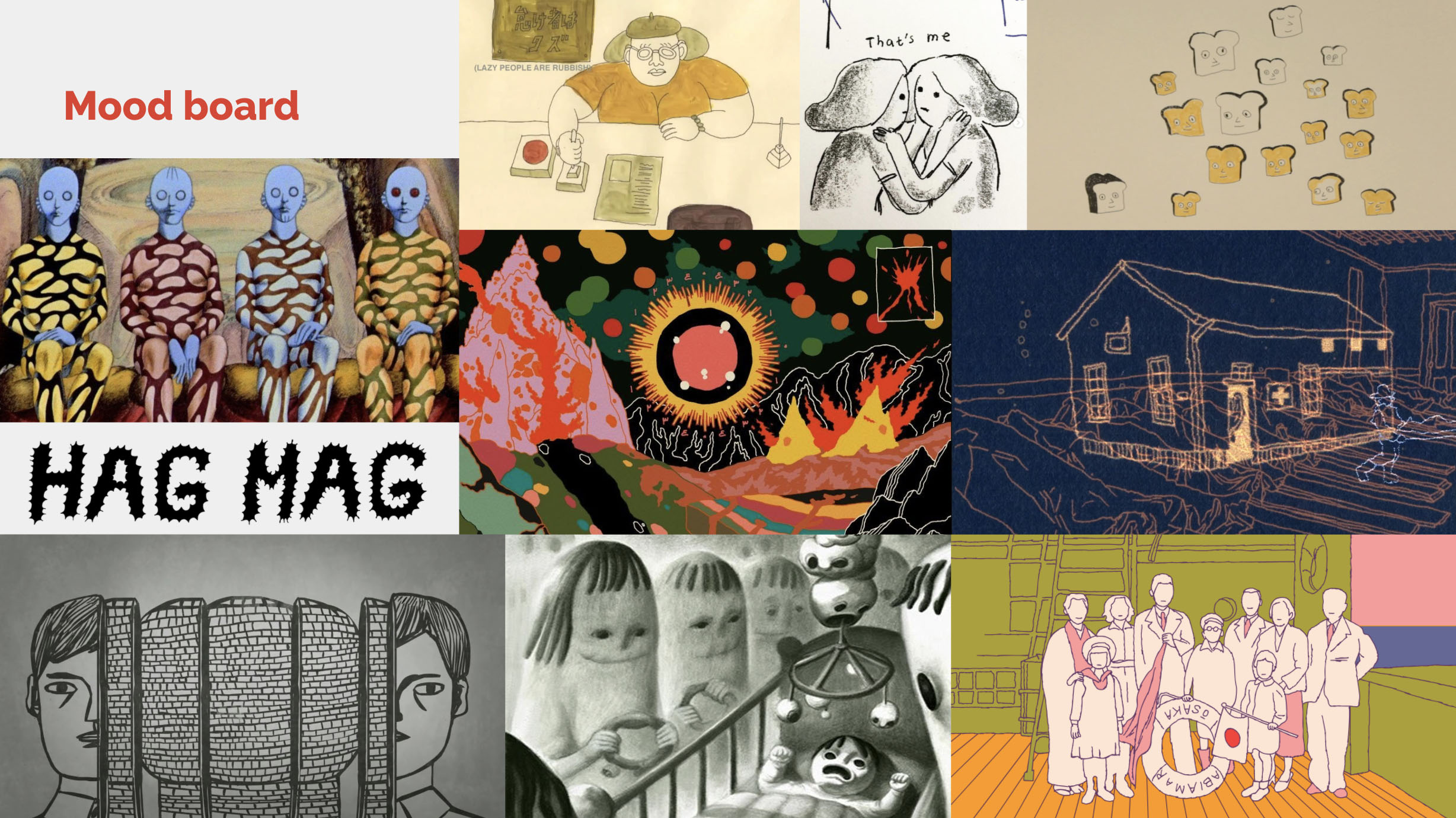
I also looked to older films and artists on a scene-specific level. The shortlist of inspiration includes M.C. Escher, Raise the Red Lantern, Fantastic Planet, and Hieronymus Bosch.
The main aesthetic breakthrough, though, was when I started including pencil shading. I think the shading gives a wonderful boil and makes the linework much more forgiving. It also provides a tactile quality, even though I sadly had to make this whole film digitally (I tried to do it totally analog but my scanner is bad!).
With all this being said…I honestly think much of this film’s style derives from my own ability as an animator (dots for eyes) and from my tools (iPad, After Effects).
Many of their stories were rooted in these raw emotions of fear, anxiety, love, and longing.
The sound design does such a brilliant job of bringing the animation to life, that it’s almost impossible to separate one from the other. How did you achieve this harmony between the audio and the visuals?
ML: Thank you so much for asking this! We worked with two amazing sound people: Hinako Omori, who did the music and sound design, and Sam Beneitone, who did additional sound design as well as the final mix.
MM: Once we had a locked radio cut, we reached out to Hinako and shared a ‘sound mood board’ with a hodgepodge of film and music references. We brought Sam in at the end of the process for final sound design and mix. We didn’t want to get too prescriptive with either one of them. They’re both so talented, this is their realm, and we were excited to hear what they would create. They each did a beautiful job breathing life into the piece, all this over video call and email!

ML: I will add that because we shared our film with Hinako at such an early stage, we were able to be inspired by one another, building the film’s aesthetic and timing in tandem. This was very intentional – we wanted our film’s soundtrack to feel interwoven, not ad-hoc – and I definitely generated a lot of visual ideas from her music. Sam’s additional sound design was the synesthetically delicious cherry on top!
SB: Hinako and Sam are both extremely talented. With the minimal references, sound descriptions, and cues we gave them, they were able to elevate the film with a score and sound design that feels specific to each scene of the film. There were certain scenes (swimming in the ocean, fire on skin) that we knew would rely on the music and sound design to build tension or emphasize the animation movements, and they conveyed those feelings so masterfully that it felt like magic to my non-musically intuitive self.
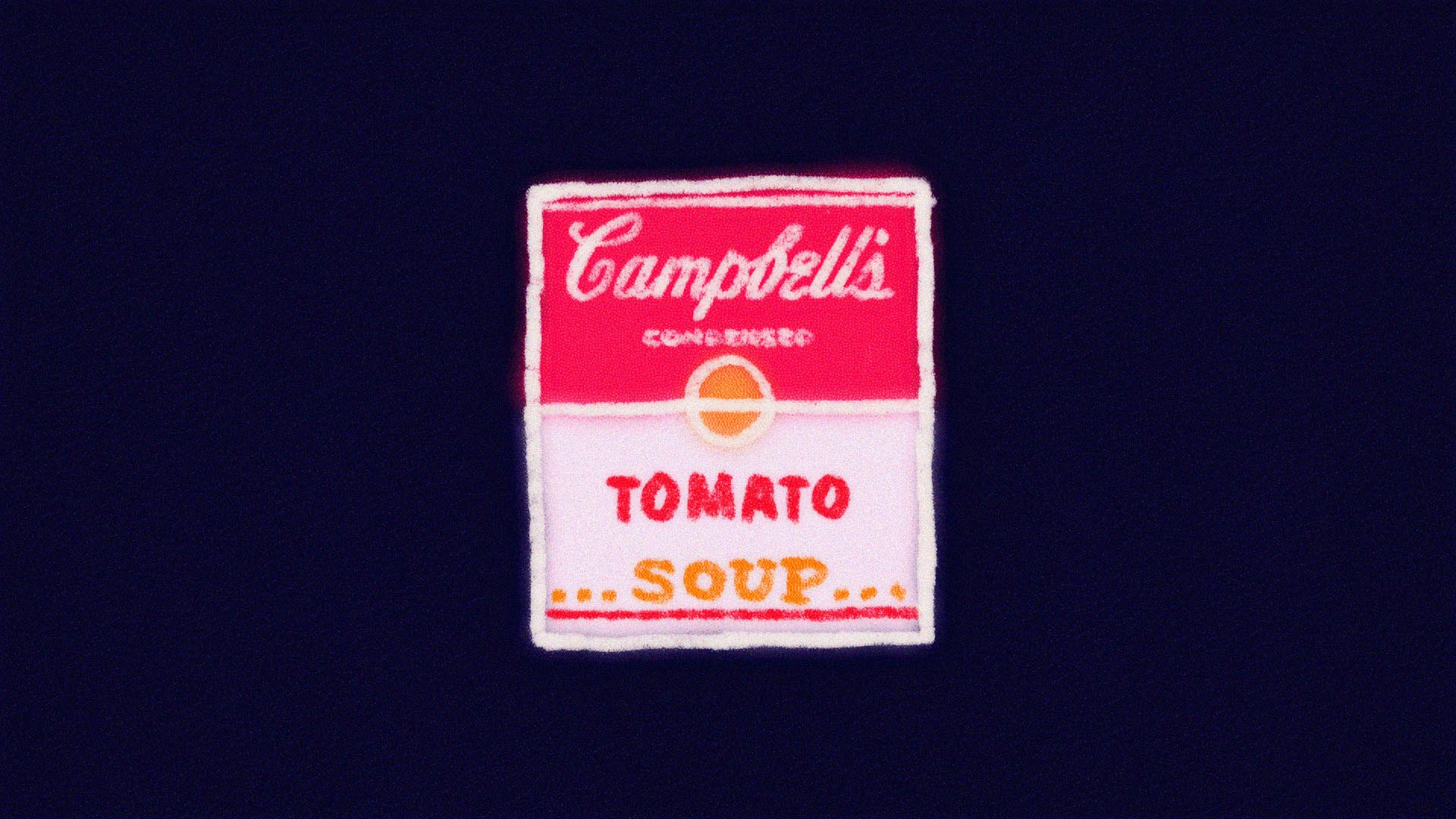
To me, telling people about your dreams is like telling them about your holiday – no one’s really interested, as it happened to you and not them. Yet watching Invisible Monsters and Tomato Soup feels like a deeply intimate experience as if you’ve been allowed to peek into someone’s most private thoughts. How did you manage to build that into the narrative?
ML: When we saw people sharing their pandemic dreams on social media, we noticed that the most popular ones were pithy and funny, probably because people were tweeting about these dreams, and tweets have a character limit. But we knew early on that hearing other people describe their dreams from start to finish can often feel like a slog. Our goal wasn’t to describe people’s specific dreams but rather to illustrate the phenomenon of a collective unconscious, as expressed through dreams. Then, while culling through our dream interviews, we realized many of the most salient bits were highly intimate – about family, love, loss, death, and so on – so we leaned into that.
Our goal wasn’t to describe people’s specific dreams but rather to illustrate the phenomenon of a collective unconscious, as expressed through dreams.
SB: When I was interviewing a lot of these people, I was on video calls for over an hour most times. They were excited to share their crazy dreams, but it also became almost a therapeutic setting where they could be vulnerable and vent about the anxieties of being in isolation, missing family they haven’t seen in months, fears of not experiencing a real high school senior year, and frustration in not knowing when this would all be over. I think those feelings came through when they’d retell their dreams, and many of their stories were rooted in these raw emotions of fear, anxiety, love, and longing.
MM: I think it also honestly helped that we did our interviews over video call, recorded on the subject’s end with a smartphone. Sometimes in interviews, when all the video equipment is staring them down, people feel like everything they say has to be perfect. In this case, all our subjects were sitting in their own homes with their own computers, so I think they naturally felt at ease. Also, at this point, many of us had already been living our lives over Zoom for months, so our calls mostly just felt like conversations.
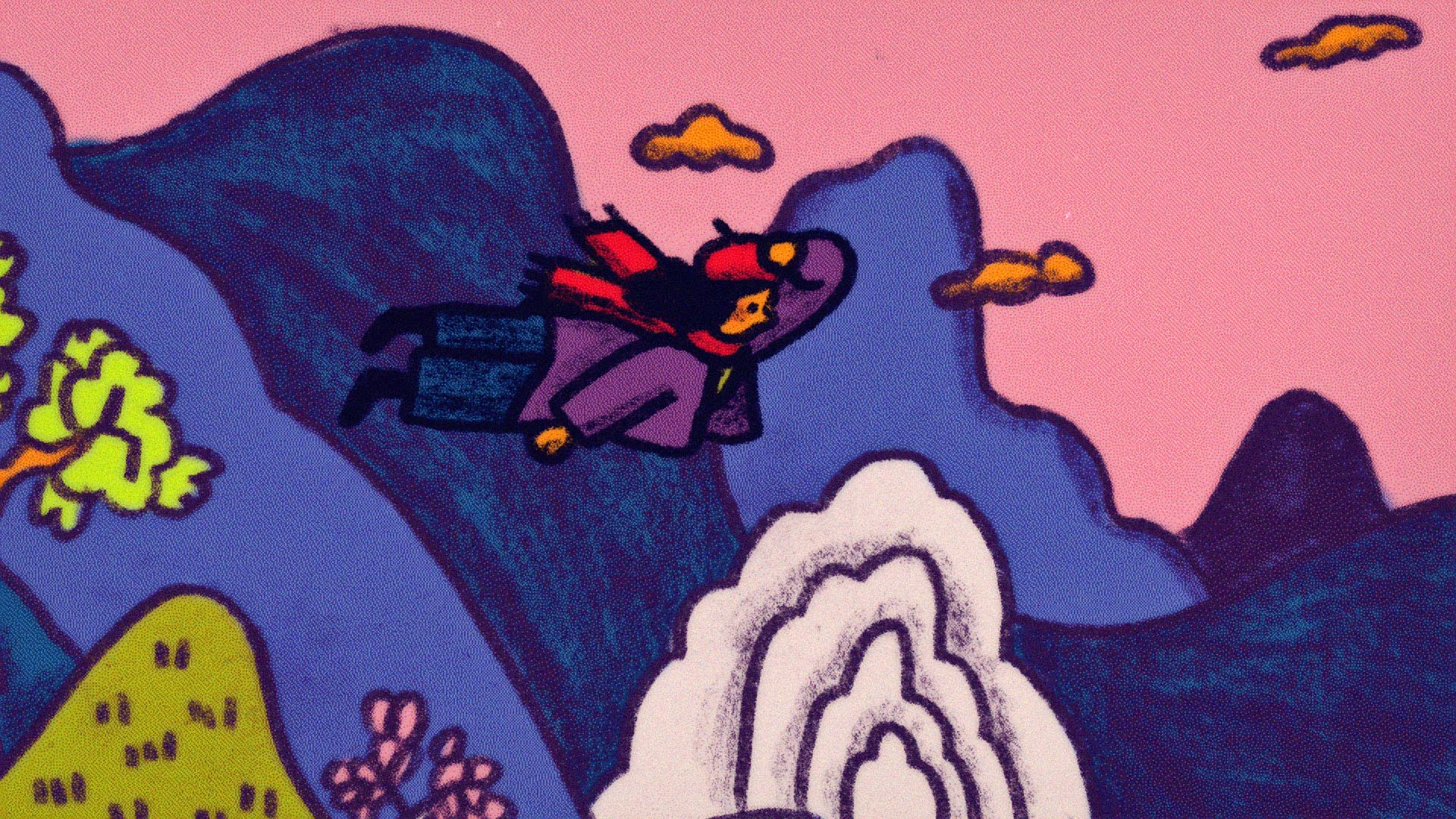


Now that vaccines are being rolled out and we can just about make out a glimmer of light at the end of the tunnel, do you think that people’s dreams are starting to change too?
ML: Literally this morning my boyfriend awoke from a pandemic-related dream. This one was about a punitive Zoom call wherein he learned he failed a test. With that said, I do think dreams will change on a micro level. But on a macro level, I think most of us will be traumatized about this period in our lives for many years to come! Yikes.
MM: Deirdre Barrett mentioned in our interview that dreams can help reinforce things we learn during the day. In that sense, Marcie’s mask dream can be viewed as a kind of practice run. But at this point, most of us no longer think twice about grabbing a mask on our way out of the house. I’m curious whether there are things we’ll have to relearn (like interacting with large groups of people) once we’re out of the tunnel, and how our dreams will help with that.
SB: It’s funny because I had a dream the other night that I was in a rideshare and the only one wearing a mask. I was freaking out that people were being so inconsiderate and careless while chatting away in the car. Kind of crazy that my subconscious is accustomed to this new reality we’re all living in now. It seems like our minds are getting used to the situation, so it’s less of the bizarre, stressful dreams with erotic scenes or human-animal hybrid creatures, and more of everyday experiences that have a tinge of surrealism. I’ve caught up recently with some of the people I’ve interviewed and they are continuing to have more vivid dreams compared to pre-pandemic times, due to longer sleep cycles and less stimuli from being inside most days.

What do you hope the audience will take away from Invisible Monsters and Tomato Soup?
MM: We want people to feel immersed in this strange yet familiar dream world through Marcie’s rich animation (and find the easter eggs…we will offer no clues). And we hope they’ll come back to this film as a kind of time capsule of this prolonged uncertain moment we’ve all been living. These dreams showed us that we’re not alone in what we’re feeling.
SB: It would be great if after watching this film, viewers can recall dreams they’ve had during the pandemic and relate to the feelings expressed by the voices in the piece. The dreams in the film are very intimate and personal, so hopefully the audience will feel a little more connected in this period of isolation we’re all in. This is a historic moment we’re living in, and it’s important to document this collective experience to help make sense of it all later on. And yes, all the easter eggs. I’m still finding some myself!
ML: I just want people to enjoy watching it and to seek out these hypothetical easter eggs, even in scenes where there are none.


